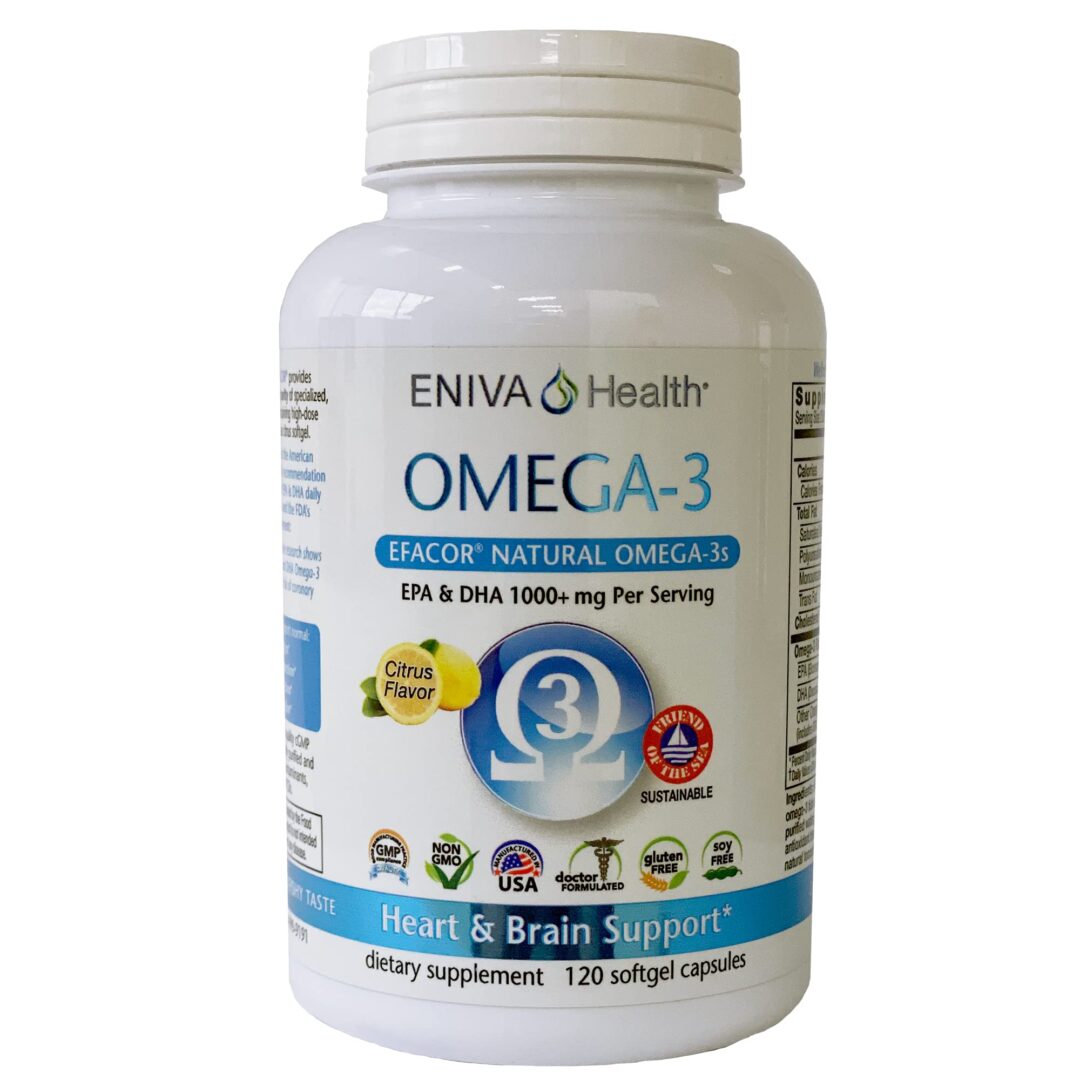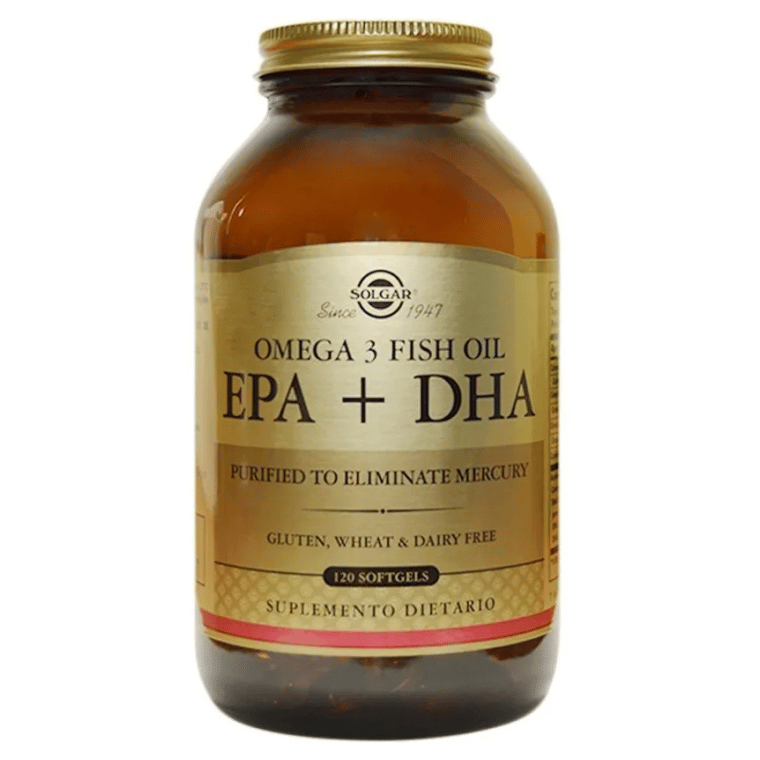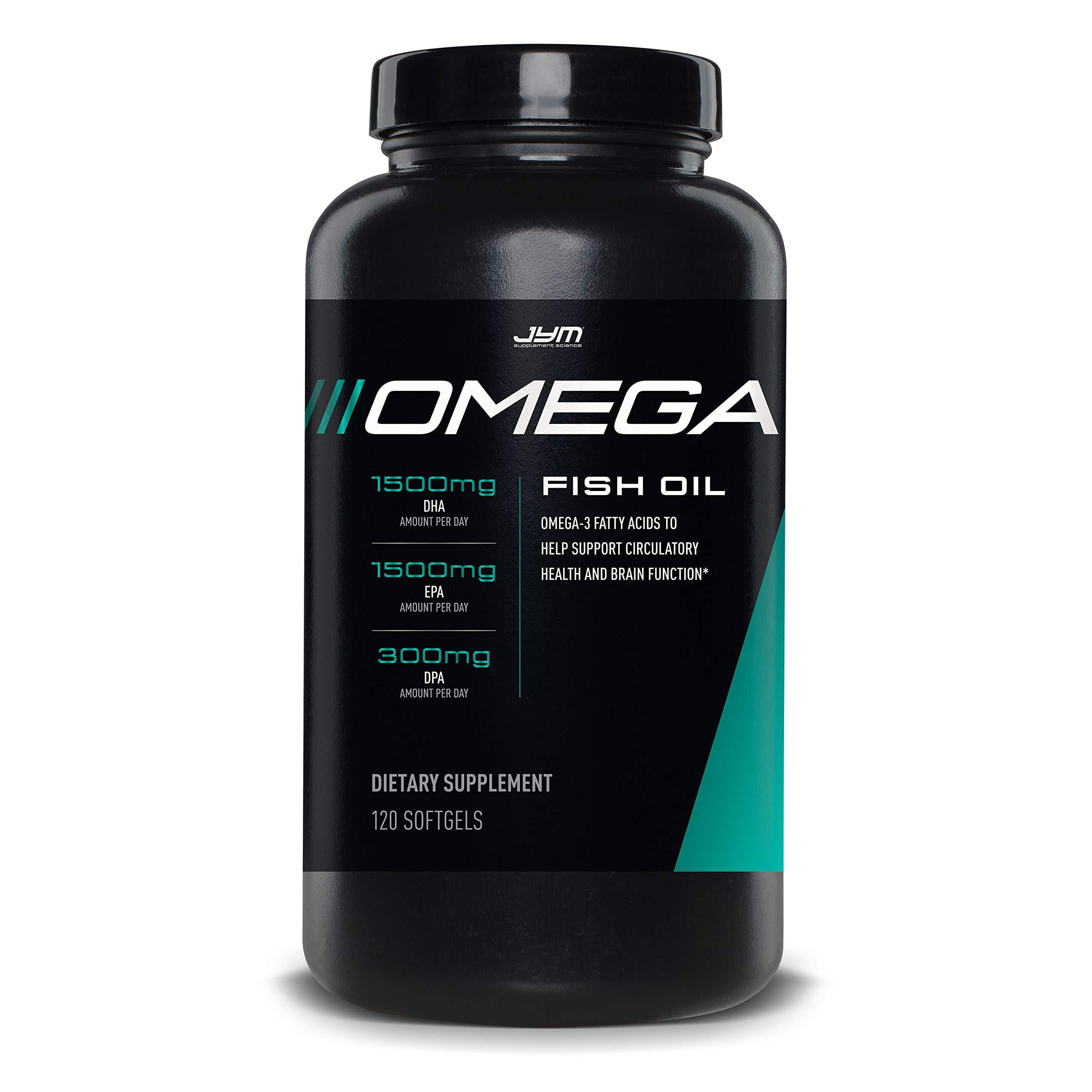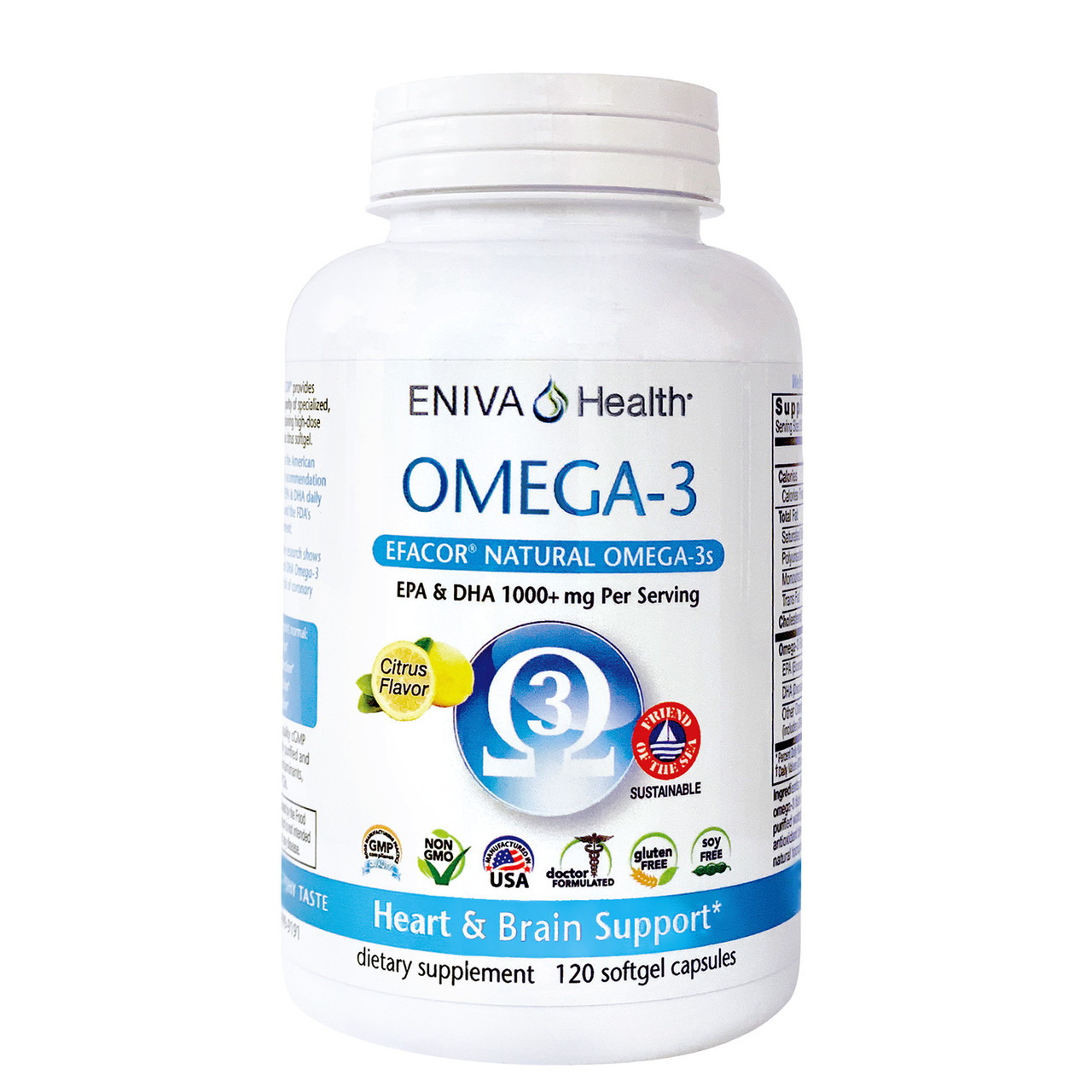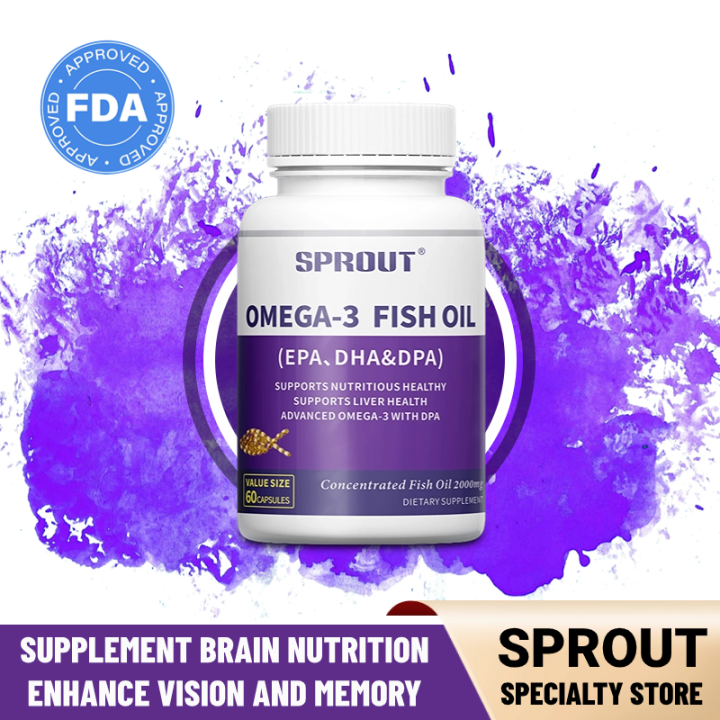Fish Oil With Dpa Epa And Dha
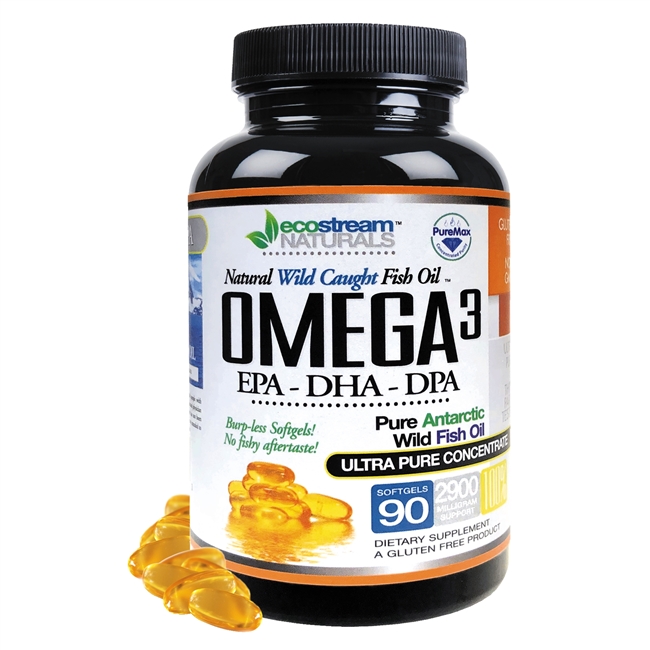
The global health community is increasingly focused on omega-3 fatty acids, not just as a supplement fad, but as a critical component of overall well-being. While EPA and DHA are household names, another omega-3, DPA, is quietly stepping into the spotlight, sparking research and re-evaluating established understandings of fish oil benefits.
This article delves into the emerging science surrounding DPA, alongside the well-known EPA and DHA, exploring its potential unique contributions to human health, sourcing challenges, and how this trio may reshape the future of omega-3 supplementation. We will analyze research findings, expert opinions, and market trends to provide a comprehensive overview of this evolving field, addressing both the potential benefits and areas requiring further investigation.
Understanding DPA's Role
Docosapentaenoic acid, or DPA, is an omega-3 fatty acid often found alongside EPA and DHA in fish oil and marine sources. Unlike EPA and DHA, its role in the body is still being unraveled. However, early research suggests it plays a crucial role in maintaining healthy blood vessel function.
DPA can also be converted into EPA within the body, potentially offering a sustained source of this important fatty acid. This conversion capability is a key area of interest, as it could provide a more efficient pathway to maintaining EPA levels compared to direct supplementation alone. This potential conversion pathway has implications for formulating effective omega-3 supplements.
The Science Behind EPA and DHA
Eicosapentaenoic acid (EPA) and docosahexaenoic acid (DHA) are long-chain omega-3 fatty acids renowned for their wide-ranging health benefits. EPA is primarily recognized for its anti-inflammatory properties, impacting conditions ranging from cardiovascular disease to mental health.
DHA, on the other hand, is a major structural component of the brain and retina. Its importance is particularly evident during fetal development and early childhood, playing a vital role in cognitive function and visual acuity. Numerous studies support DHA's role in maintaining brain health throughout life.
Synergistic Effects of EPA, DHA, and DPA
The combination of EPA, DHA, and DPA may offer synergistic benefits that exceed those of individual fatty acids. Some researchers believe that the presence of DPA enhances the bioavailability of EPA and DHA. This enhancement leads to improved absorption and utilization within the body.
Furthermore, the potential conversion of DPA to EPA offers a sustained release mechanism that helps maintain stable EPA levels over longer periods. This synergy may lead to more comprehensive health benefits compared to supplementing with EPA and DHA alone. However, more research is needed to definitively establish the extent and mechanisms of these synergistic effects.
Sourcing and Availability
Fish oil remains the most common source of EPA, DHA, and DPA. However, the concentration of each fatty acid can vary significantly depending on the fish species and processing methods. Sustainable sourcing is a growing concern, driving demand for responsibly harvested fish and alternative sources.
Algae-based omega-3 supplements are emerging as a viable alternative, particularly for vegetarians and vegans. These sources primarily contain DHA, with some containing EPA but typically not DPA. Research into algae-derived DPA is ongoing but currently limited.
Market Trends and Consumer Awareness
The global omega-3 market is experiencing significant growth, driven by increasing consumer awareness of the health benefits. While EPA and DHA remain the primary focus of marketing efforts, the inclusion of DPA is gradually gaining traction. Consumers are becoming more discerning, seeking products with comprehensive fatty acid profiles.
Regulatory bodies play a crucial role in ensuring the quality and safety of omega-3 supplements. Transparency in labeling and adherence to strict manufacturing standards are essential for building consumer trust. Third-party testing and certification programs can help consumers identify high-quality products.
Expert Opinions and Future Research Directions
Dr. Emily Carter, a leading researcher in omega-3 fatty acids at the National Institutes of Health, emphasizes the need for further investigation into DPA's specific roles. "While we know a lot about EPA and DHA, DPA's contribution is still largely uncharted territory," she states. "Future studies should focus on its unique mechanisms of action and its interactions with other omega-3s."
Dr. David Lee, a cardiologist at Harvard Medical School, notes the potential benefits of DPA in cardiovascular health. "Early research suggests DPA may play a role in improving blood vessel function and reducing inflammation," he says. "However, more clinical trials are needed to confirm these findings and determine optimal dosages."
Potential Risks and Considerations
While omega-3 fatty acids are generally considered safe, high doses can lead to side effects such as gastrointestinal discomfort and increased bleeding risk. It's important to consult with a healthcare professional before taking omega-3 supplements, especially if you have existing medical conditions or are taking medications.
Furthermore, the quality and purity of omega-3 supplements can vary widely. Contamination with heavy metals and other pollutants is a concern, highlighting the importance of choosing reputable brands that undergo third-party testing.
Conclusion: A Promising Future for Omega-3 Research
The inclusion of DPA alongside EPA and DHA in omega-3 research and supplementation represents a significant step forward. While further studies are needed to fully understand DPA's unique contributions, the early evidence is promising.
As consumer awareness grows and research continues to unravel the complexities of omega-3 fatty acids, we can expect to see more sophisticated and targeted supplementation strategies. The future of omega-3s lies in personalized approaches that consider individual needs and the synergistic effects of EPA, DHA, and DPA.










